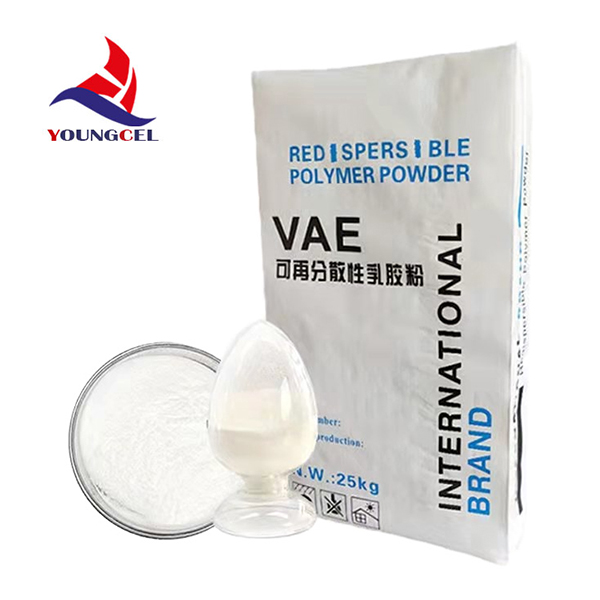The Importance of High-Quality HPMC in Construction
In the realm of construction materials, Hydroxypropyl Methylcellulose (HPMC) has emerged as a critical component due to its multifunctionality and adaptability. This cellulose ether is widely utilized in various applications, ranging from cement-based adhesives to plaster and putty, thanks to its unique properties. High-quality HPMC plays a vital role in enhancing the performance and durability of the structures we build.
What is HPMC?
HPMC is a non-ionic, water-soluble polymer derived from cellulose, a natural polymer found in plant cell walls. It is primarily known for its thickening, binding, and emulsifying properties, which make it an indispensable additive in the construction industry. When integrated into construction materials, HPMC improves workability and provides a host of performance benefits.
Key Benefits of High-Quality HPMC
1. Improved Workability One of the most significant advantages of incorporating high-quality HPMC into construction materials is that it enhances their workability. Whether it’s in tile adhesives, gypsum plasters, or wall putties, HPMC improves the consistency and usability of these products, making them easier to apply and manipulate. This improvement contributes directly to more efficient application processes and better results in construction projects.
2. Enhanced Water Retention High-quality HPMC ensures excellent water retention properties in cementitious materials. This is particularly important in preventing premature drying of mixtures, which can negatively affect adhesion and functional performance. The ability to retain moisture allows for better curing of cement-based products, resulting in stronger and more durable structures.
high quality hpmc for construction

3. Increased Adhesion HPMC enhances the adhesion properties of construction materials. Its ability to form a flexible film upon drying means that materials bonded with HPMC exhibit better adhesion to various substrates. This is crucial in applications such as tile installation and plastering, where maximum adhesion is required to ensure longevity and performance.
4. Resistance to Shrinkage and Cracking A high-quality HPMC adds toughness to cementitious systems, helping to mitigate shrinkage and cracking during the curing process. This is particularly beneficial in preventing structural failures and ensuring the integrity of the building over time.
5. Versatility in Applications The versatility of HPMC allows it to be used in a wide range of applications. From adhesive mortars and self-leveling compounds to decorative plasters, HPMC is adaptable and can be formulated to meet specific performance requirements. This flexibility makes it a preferred choice for builders and manufacturers looking to optimize their products for performance.
Conclusion
As the construction industry evolves, the demand for high-quality materials becomes increasingly paramount. HPMC stands out as an essential additive that elevates the performance of construction products, ensuring they meet the rigorous standards expected in modern building projects. The advantages of improved workability, enhanced water retention, increased adhesion, and reduced cracking are pivotal for achieving long-lasting and durable structures.
Investing in high-quality HPMC not only contributes to the efficiency of construction processes but also directly impacts the quality and longevity of the built environment. As we strive for resilience and sustainability in construction, the role of high-quality HPMC cannot be overstated. Its numerous benefits make it an invaluable asset for contractors, architects, and builders, ensuring that the infrastructures we develop stand the test of time.
-
Premium Detergent Grade HPMC Hydroxypropyl Methylcellulose: Superior Thickening & StabilityNewsAug.31,2025
-
HEC 100000 Hydroxyethylcellulose for Paint | Superior ThickeningNewsAug.30,2025
-
Wall Putty Rdp Powder Packaging DesignNewsAug.29,2025
-
Introduction to Hpmc Hydroxypropyl Methyl CellulosNewsAug.29,2025
-
Hpmc Industri Grade IntegrationNewsAug.29,2025
-
How to Choose the Right Construction AdhesiveNewsAug.29,2025




